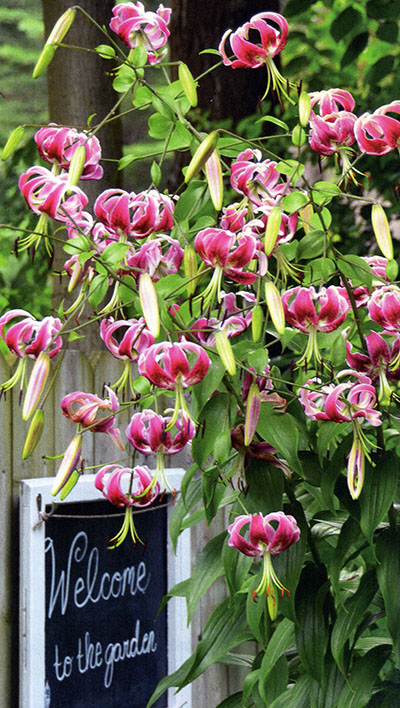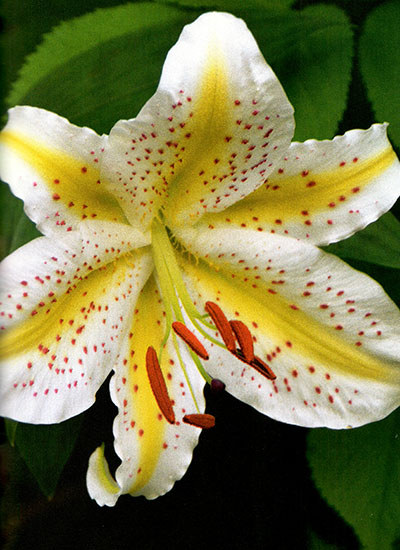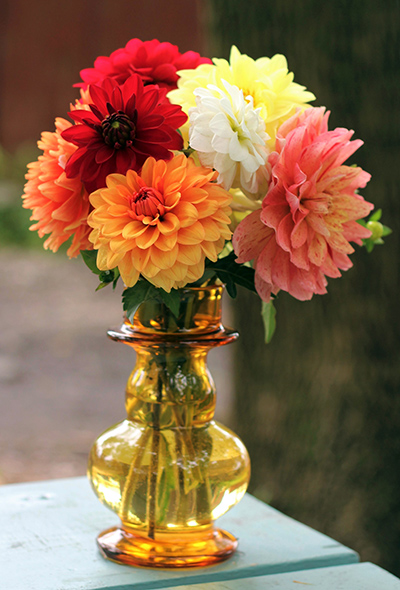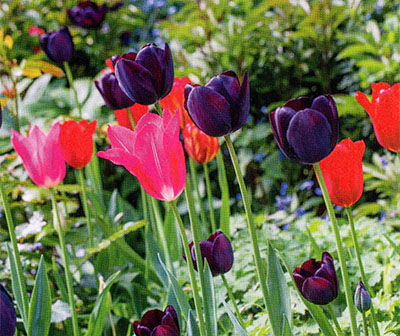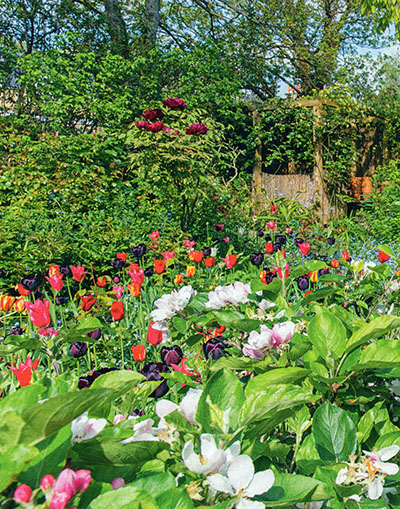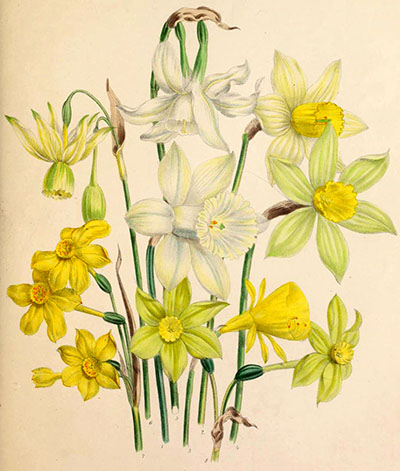
The online library of the American Daffodil Society just keeps getting bigger and better.
“If you haven’t checked out DaffLibrary.org,” our friend Mary Lou Gripshover writes in the September 2020 issue of Daffodil Journal, “give it a look.” In it you’ll find every issue of the Journal from 1964-2014, ADS newsletters dating back to 1954, and a whole lot more.
“Interested in daffodil history?” she asks. “Then you might enjoy reading through writings of Peter Barr or W. Baylor Hartland from the 1880s. Or something a bit more recent? How about looking into the American Daffodil Yearbooks published from 1935-1938 by the American Horticultural Society? E-books are a recent addition, but check out Yellow Fever: A Prospect of the History and Culture of Daffodils by Dr. David Willis. In these days of self-isolation, this book should keep you happily occupied for some time.”
In the site’s navigation bar you’ll find tabs for Catalogs (from the late 1800s right up to this fall), Historic Publications (from the 1636 edition of Gerard’s Herbal to our OHG daffodil newsletter archives!), Articles and Notes, Diseases and Pests, Science, People, and more. In fact, there’s so much there that it can be a bit overwhelming, but if you think of it as a real library and start by opening just one title that sounds interesting, I bet you’ll be glad you did.





